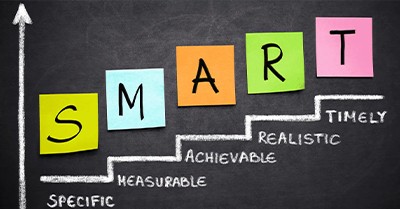In the fast-paced world of education, professional growth can feel like a moving target. Between compliance demands, curriculum shifts, and the emotional labour of teaching, it’s easy to lose sight of your own development. That’s where SMART goals come in—offering a structured, achievable way to grow with purpose.
What Are SMART Goals?
SMART is an acronym that helps educators set goals that are:
| Letter | Meaning | Description |
|---|---|---|
| S | Specific | Clear and focused—what exactly do you want to achieve? |
| M | Measurable | Can you track progress or success? |
| A | Achievable | Is it realistic given your time, resources, and role? |
| R | Relevant | Does it align with your professional values, role, or centre philosophy? |
| T | Time-bound | Is there a deadline or review point? |
Examples of SMART Goals for Educators
Here are a few sector-relevant examples:
-
Early Childhood Educator:
“By the end of Term 2, I will implement three new sensory play activities that support neurodiverse learners and document outcomes using the Reflective Compass tool.” -
Educational Leader:
“I will mentor two new staff members using weekly check-ins and co-reflection templates, with feedback collected by Week 8.” -
Compliance Specialist:
“I will review and update our safeguarding policy to reflect the latest regulatory changes by March 30, and present it to the team with a visual summary.”
How to Track SMART Goals Effectively
1. Use a Visual Planner
Create a modular goal tracker with columns for:
- Goal statement
- Progress notes
- Evidence collected
- Reflection prompts
2. Set Calendar Reminders
Use printed planners to schedule check-ins, deadlines, and review dates.
3. Incorporate Reflection
Pair each goal with a reflective question:
- “What challenged me?”
- “What did I learn?”
- “What would I do differently next time?”
4. Celebrate Milestones
Use symbolic stickers, affirmations, or team shout-outs to acknowledge progress. This boosts morale and models a growth mindset.
Embedding SMART Goals into Centre Culture
- Team Meetings: Start with a goal roundtable—each educator shares one SMART goal.
- Portfolios: Include goal reflections in professional learning portfolios or accreditation evidence.
- Mentoring: Use SMART goals to scaffold support for new educators or those transitioning roles.
SMART goals aren’t just about ticking boxes—they’re about intentional growth, emotional safety, and professional pride. When educators set goals that reflect their values and context, they build momentum that benefits children, families, and the sector as a whole.
Further Reading
Smart Goals Planner
Performance Appraisals In Early Childhood
List Of Professional Development Goals To Implement
A Guide For Educational Leaders In Early Childhood Settings
